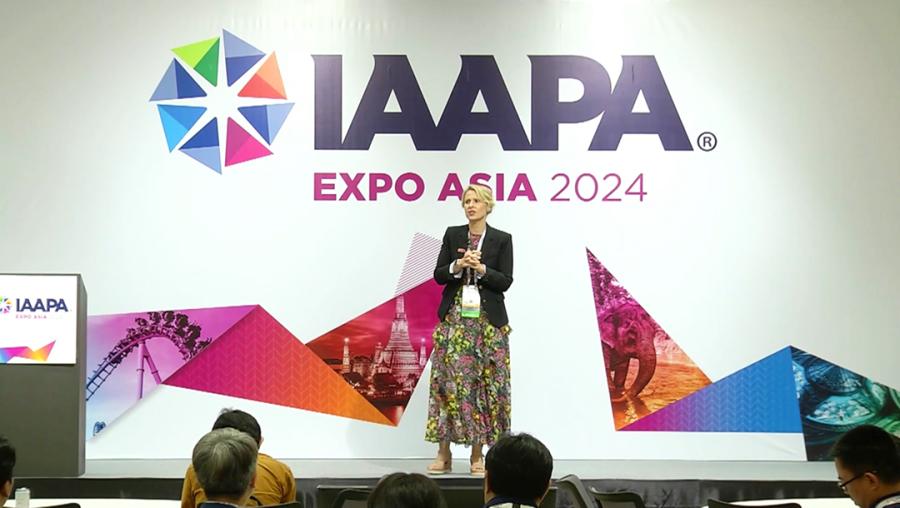In her EDUSession on Wednesday at IAAPA Expo Asia, Peta Wittig, owner and director of Peta Wittig Consulting, shared manageable steps towards making attractions more accessible and inclusive. Attendees also learned about the benefits of being proactive—which positively affects the guest experience and provides an attraction a business advantage.
Come Up With a Plan
Attractions don’t need a lot of money to get started. Set clear goals, outline who is accountable, set timelines for all stakeholders, and communicate to guests that this is something being worked on.
Provide Information
Ensure the website has easy-to-find information, explaining items like navigating parking, guest pathways, ticketing, and restrooms. The attraction should tell its “sensory story”, outlining the sights, sounds, smells, and experience. Also, it is important to provide a specialized, go-to contact who is accessible at the venue.
Inclusive Social Media
Offer captions on videos and stories, add alt text and descriptions to photos, transcribe memes and GIFs, use capital letters on hashtagged words, and finally, be mindful about the use of too many emojis.
Staff Training
The scope of training should vary between high level awareness to in-depth training. The goal should be to help staff gain an understanding of all types of disabilities. Training can provide confidence to team members, cultivate a high level of customer service, and reduce complaints.
Engage Experts
Experts are available to assist attractions with audits and provide insights. They can advise on the gaps, the low-hanging fruit, and devising a plan for an attraction’s accessibility and inclusion program.
Inclusive Design
Attractions should keep inclusivity in mind when designing attractions. Attention should be placed on the height and size of signage, the colors used, QR codes linking to digital media, the inclusion of audio descriptions of experiences, using icons and text, language translation, non-verbal communication options, and even Braille.
Representation
Within an attraction’s imagery, considering representation is the best practice. Whether for marketing or visiblity in the venue itself, showing images with diverse individuals helps guests feel more comfortable.
Keep Learning
Wittig encourages operators to keep learning, whether that means attending conferences, viewing webinars, looking for regional opportunities, seeking IAAPA resources and connections, and researching online.
- To gather more insights from the panel, watch the EDUSession recording on the IAAPA Connect+ app.

